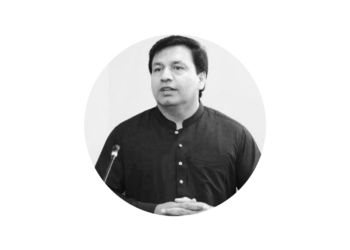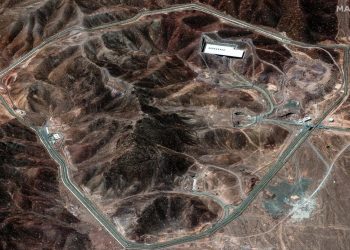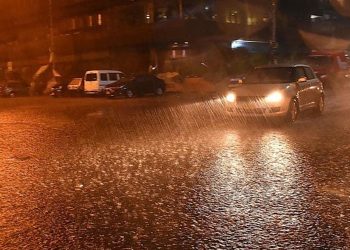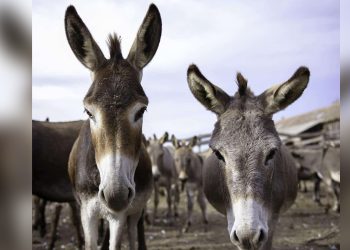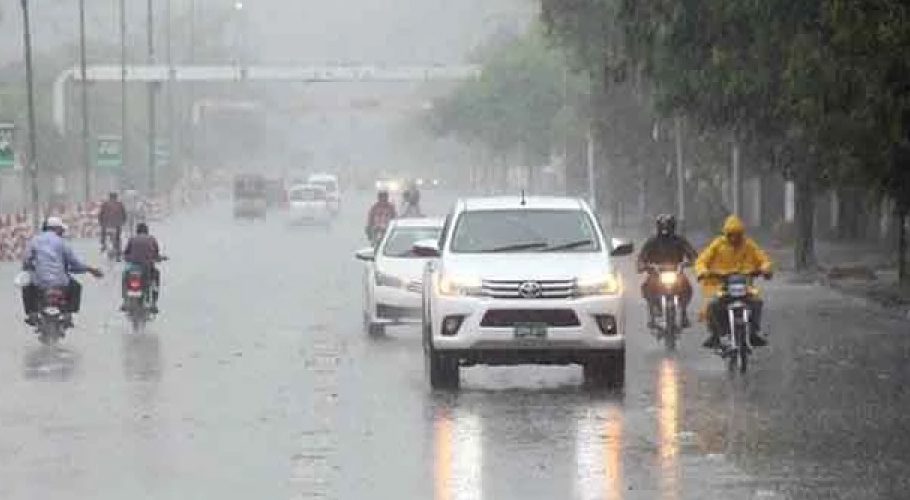Chitral is the most peaceful region of Pakistan and also the largest district in the Malakand Division of Khyber Pakhtunkhwa. The main city is situated on the Chitral River also known as the Kunar River.
The ancient history of Chitral is associated with Gandhara, Daradas, Kamboja, Achaemenid, Kushan, Hindu Shahi and Kator eras. From 1571 onwards, Chitral was the dominion of the Kator dynasty until 1947. Chitral shares much of its history and culture with the neighbouring Hindu Kush territories of Gilgit-Baltistan, which is also known as “Peristan” because of the common belief that fairies inhabit high mountains.
In 1947, the Mehtar of Chitral acceded to Pakistan, and thus Chitral became one of the princely states of Pakistan. In 1970, it was fully integrated as an administrative district of Chitral. The population is mainly the Kho people who speak Khowar. Chitral is also home to the Kalash tribe, who lives in Bumburet, while a few thousand Nuristani are also living there.
Chitral is covered with rich mountains, springs, green areas, minerals, hospitable people and rivers full with trout fishes. Chitral is connected to the rest of the country by two major roads routes, the Lowari Tunnel (highway) from Dir and Shandur Top from Gilgit.
Chitral is a beautiful valley and one of the major tourist destinations in Pakistan. The natural beauty of Chitral Valley invites everyone to visit this place once in their lifetime.
On 16th October 2019, Prince William and Kate Middleton, Duke and Duchess of Cambridge arrived by helicopter in Chitral. The region is visited by popular personalities as well as local and international tourists. The most popular places for tourists to visit are Tirich Mir, Chitral Museum, Shahi Masjid, Shahi Qila, Gram Chashma, Barmoghlast, Ayun valley, Shandur Polo Ground, Kalash Valley and Koghazi and Goleen.
Tirich Mir, one of the tallest peaks in all mountain ranges which is also the highest in Hindu Kush. There are a lot of hotels and various spots to view this fascinating view. Chitral Museum was built to maintain its cultural heritage. There are two sections – Ethnological Gallery includes jewellery, instruments, furniture of the ancestors and the other Archaeological and Kalash Gallery including things related to Kalash showing the Greek cultural heritage and religion.
Shahi Masjid was built by Shujaul Mulk in 1924 who ruled Chitral from 1895 to 1936. The mosque building is truly an amazing piece of architecture. Shahi Qila is also a place to visit built in the 14th Century for the residence of Nadir Shah. In 1977, it was restored by Shah Afzal II and now the fort is the personal property of ceremonial Mehtar.
Garam Chashma (hot spring) is also one of the most favourite and popular spots of Chitral to be visited. It received its unique name as springs usually have cold water Gram. Many tourists visit Barmoghlasht in summer for paragliding and skiing in the winter season.
Ayun Valley is the gateway to Kalash Valleys and Nuristan of Afghanistan and the most visited spot in Chitral due to immense peak, choppy water and grassy land. Ayun Valley gives ease to the soul of tourists. Shandur Polo Ground, the highest in the world, is almost four-hour drive and hosts national and international matches every year. Polo is the most popular game in the Chitral valley and every year thousands of locals and foreigners gather to witness this amazing game.
The best time to visit Kalash Valley is between April to July when the Kalash celebrate three different festivals. The minority people of Kalsah Valley are proudly living their lives, practicing their religion. Koghazi and Goleen are also the best places to visit in Chitral.
Chitral and the northern areas are safe and tourists can visit by road from Islamabad and Peshawar and is also accessible by air. There are various hotels on the roadside which gives basic facilities to the tourists. The government should implement a comprehensive tourism policy for improving road infrastructure and introduce incentives for investors to make investments in tourism industry.
Rezwanullah, School of Management and Economics, at Beijing Institute of Technology also contributed to this article.








